BONE GENERATOR (120 CAPS!)
7 × $54.85
Subtotal: $7,399.85
$75.95
CompareSupplement Facts
Serving Size: 2 Capsules
Servings Per Container: 30
| Amount Per Serving | % Daily Value | |
| Zinc (as zinc bisglycinate chelate)S1 | 35 mg | 318% |
| Taurine | 400 mg | ** |
| N-Acetyl-L-Cysteine | 200 mg | ** |
| Bilberry Extract (Vaccinium myrtillus)(fruit)(25% anthocyanosides) | 180 mg | ** |
| Alpha-Lipoic Acid | 150 mg | ** |
| Quercetin (as quercetin dihydrate)(from Sophora japonica)(bud) | 100 mg | ** |
| Lutein (from marigold extract)(Tagetes erecta)(flowers) | 30 mg | ** |
| Lycopene (from red tomato)(Lycopersicon esculentum)(fruit) | 6 mg |
Zinc is required by superoxide dismutase and catalase for quenching free radicals in the lens and the retina. British researchers concluded that a combination of zinc and antioxidants or energy substrates rather than zinc alone should provide a safer and more effective way to preserve the health of the retina throughout the aging process. Supporting the health of the retina helps retain vision in the center of the visual field, the macula.*[1]
Taurine and Zinc interact in retinal morphology and function.[2] This most abundant free amino acid in the retina is tissue-protective in models of oxidative damage,[3] essential for normal visual development in infants, and may support eye health throughout life.*[4]
N-Acetyl Cysteine (NAC), critical for maintaining the reduced state of sulfhydryl-containing proteins in the lens, may have a beneficial effect on maintaining a healthy retina later in life. A healthy retina is important for sustaining healthy vision. NAC is a free radical scavenger that boosts glutathione. NAC may have a role in the function and maintenance of the redox systems in the aging eye and in the maintenance of the lens’s clarity.*[5]
Bilberry Extract has been studied mostly in the context of multi ingredient formulations in which it demonstrated positive effects on visual acuity and field by supporting the retina.[6] In a study in mice, oral administration of bilberry extract standardized to 42.04% anthocyanins at doses of 50, 100, and 200 mg/kg/day for five days had a positive effect on markers of antioxidant activity.*[7]
Alpha-Lipoic Acid (ALA) is a fat- and water-soluble nutrient with antioxidant activity. Furthermore, ALA has the ability to regenerate other antioxidants, such as vitamins C and E, as well as glutathione and coenzyme Q10 (CoQ10). Continual exposure of the lens and retina to light, oxygen, and environmental chemicals causes free radical production, oxidation, and lipid peroxidation, all of which have the potential to negatively impact vision. Free radicals appear to cause proteins in the eye to clump; they also destroy the enzymes needed to dispose of the damaged proteins. Oxidation in the retina leads to damage of the photoreceptor cells.[8] ALA exerts protective effects through inhibition of the lens’s epithelial cell apoptosis and activation of anti-oxidative enzymes.[9] ALA also supports healthy blood sugar levels, an important prerequisite to optimal eye health.*[10]
Quercetin inhibits oxidative damage in the lens and inhibits aldose reductase, the enzyme considered key to maintaining the clarity of the lens.*[11]
Lutein is present in higher concentrations in the eye than in other human tissues. It appears to counteract light and oxygen damage, maintaining ocular cell and tissue health during the aging process. This carotenoid protects the eye from blue light damage and quenches oxygen free radicals.*[12]
Lycopene is a carotenoid compound. Although studies of the dietary supplement (as opposed to foods that contain lycopene) appear to support a claim for antioxidant activity, the formulas used in the studies usually contain mixed ingredients. There is inadequate evidence for or against the use of lycopene for eye health. In 2003, researchers who performed in vivo and in vitro studies on rats using injectable lycopene as a single ingredient concluded that it attenuated oxidative stress and had a significant benefit in healthy vision.*(13)
Only logged in customers who have purchased this product may leave a review.
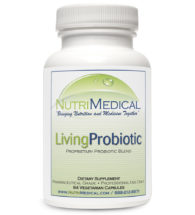
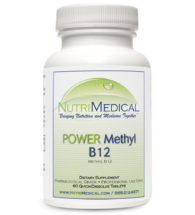
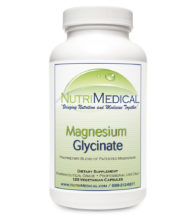
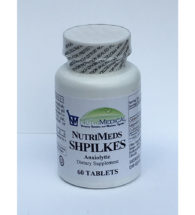
© 2022 Nutrimedical.com
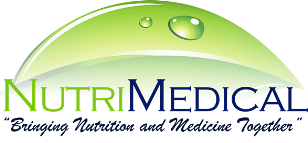
Reviews
There are no reviews yet.